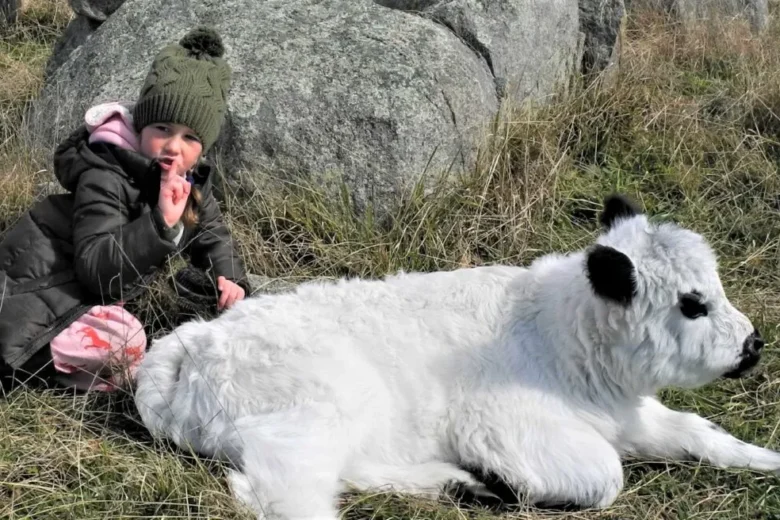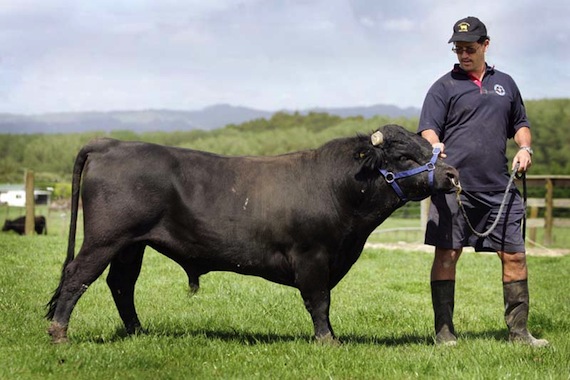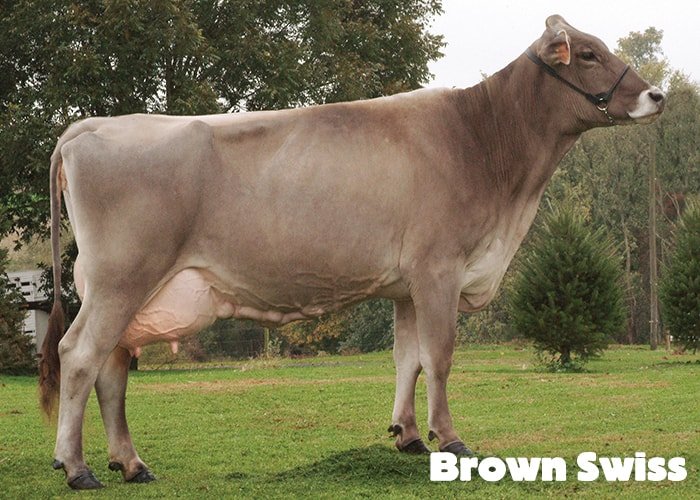If you’ve ever spent time around cows, you’ve probably watched them chew… and chew… and chew some more. Sometimes it looks like they’re eating, other times it looks like they’re just thinking about life while chewing nothing at all. But what’s really going on in there? Do they have multiple stomachs working overtime? Or is it one giant super stomach doing all the magic? That’s a question every new farmer or curious observer asks at some point — how many stomachs does a cow have?
Here’s the thing: cows don’t technically have four stomachs. They have one stomach with four compartments, and each has a unique job. Sounds confusing? It’s not once you picture it in action. Every time your cow munches on hay or pasture grass, she’s starting a fascinating process of turning tough plant fiber into milk, muscle, and energy. It’s nature’s version of recycling — and it’s brilliant.
When I first started raising cattle, I didn’t understand why my cows spent half their day lying around chewing their cud. I thought they were just lazy! But once I learned how their digestion works, it completely changed how I feed and care for them. So, let’s dive deep into what’s happening inside your cow’s belly and uncover the truth about how many stomachs a cow really has.
The Simple Answer: One Stomach, Four Compartments
A cow has one stomach with four compartments:
-
Rumen
-
Reticulum
-
Omasum
-
Abomasum
Each compartment has a special role in digesting fibrous food like hay and grass. Together, they make up what’s called a ruminant digestive system, which allows cows to extract nutrients from plants that most animals can’t digest. Pretty neat, right?
Let’s break down how each of these compartments works, in plain farm talk.
The Rumen: The Fermentation Factory
The rumen is the largest of the four compartments — it can hold up to 50 gallons of food and liquid in a mature cow! Think of it as a big fermentation tank. When a cow eats grass, that material lands in the rumen, where billions of bacteria, fungi, and protozoa get to work breaking it down.
These microbes are like tiny farmhands working 24/7, turning fibrous material into energy-rich compounds that the cow can use. The rumen is also where “cud” comes from — that partially digested food that cows regurgitate, chew again, and swallow back down. It’s gross-sounding, sure, but it’s their way of grinding food more thoroughly.
When you see a cow relaxing in the shade, rhythmically chewing, she’s not bored. She’s literally optimizing digestion. Smart animal, huh?
The Reticulum: The Safety Net
Right next to the rumen sits the reticulum, a smaller compartment that catches anything that shouldn’t have been swallowed — like bits of wire or nails. It’s sometimes called the “hardware stomach” for that reason. Farmers often use magnets to help prevent hardware disease by catching those stray metal bits before they can do damage.
The reticulum also helps push the cud back up for re-chewing. It’s a teamwork situation: rumen and reticulum handle fermentation and cud cycling, setting the stage for the next phase of digestion.
The Omasum: The Water Extractor
After all that chewing and fermenting, the food (now called “digesta”) moves into the omasum. This compartment looks a bit like a book, with lots of folds that absorb water and nutrients. The omasum’s job is to make sure as much valuable liquid as possible gets pulled out before moving on.
It’s efficient — like a natural filtration system. The cow’s body reuses the water from digested food, which is why well-fed cattle can handle dry spells better than most animals. Ever wonder how they keep going strong even during dusty summers? Thank the omasum.
The Abomasum: The True Stomach
Finally, the food enters the abomasum, which functions much like a human stomach. Here, strong acids and enzymes break down proteins and kill off the leftover microbes from earlier stages. The digested nutrients are then sent to the intestines, where absorption happens.
This is the compartment that truly digests — the others are more about preparation and extraction. By the time food reaches this point, it’s been through hours of chewing, fermenting, sorting, and filtering. It’s an incredible process designed for efficiency and survival.
Why Cows Need This Complex System
You might wonder why cows need such a complicated setup when other animals do fine with just one stomach. The answer lies in their diet. Grass and hay are tough — full of cellulose that most animals can’t break down. The cow’s four-part stomach lets her ferment, soften, and reprocess her food multiple times, pulling every last bit of nutrition out of it.
This system is also why cows can thrive on forages alone, while other livestock need more grain or concentrated feed. It’s nature’s engineering masterpiece.
How “Cud Chewing” Keeps Cows Healthy
When cows chew their cud, they’re not just passing time — they’re keeping their digestive system balanced. Chewing increases saliva production, which helps neutralize stomach acids and maintain proper pH levels in the rumen.
If a cow stops chewing cud or spends less time ruminating, that’s often a sign something’s wrong — maybe she’s sick, stressed, or her feed isn’t right. Experienced farmers can tell a lot about herd health just by watching chewing behavior.
Real-Life Example: When My Cow Stopped Chewing
I remember one winter when my best milker, Daisy, suddenly stopped chewing her cud. She looked fine at first but wasn’t eating much. Within a day, I could tell her rumen wasn’t working right. The vet confirmed she had a mild case of acidosis from too much grain and not enough roughage. We adjusted her feed, added more hay, and within two days, she was back to her usual self, chewing like she was catching up on lost time.
It was a reminder: cows depend on balance — their digestion works best when the right mix of forage and nutrients keeps those microbes happy.
Common Questions: Cow Stomachs Explained
How many stomachs does a cow have?
Just one — but it’s divided into four compartments that work together to digest fibrous food.
Why do cows chew their cud?
They regurgitate partially digested food from the rumen to chew it again for better digestion and nutrient absorption.
Do calves have all four stomach compartments?
Yes, but the rumen is small at birth. It grows and develops as the calf starts eating solid food.
Can cows digest everything they eat?
Not quite. While they can handle tough plant fibers, things like plastic, metal, or moldy feed can cause serious harm.
What happens if one of the compartments stops working?
The entire digestive system slows down. This can cause bloating, poor appetite, or even death if untreated.
How-To: Keep Your Cow’s Stomach Healthy
Here’s what you can do as a cattle owner:
-
Feed enough roughage. At least 60% of their diet should be hay or pasture.
-
Avoid sudden diet changes. Gradual transitions keep the rumen microbes balanced.
-
Provide clean water daily. Dehydration messes up digestion quickly.
-
Watch cud chewing. Healthy cows chew for 6–8 hours per day.
-
Use a cow magnet if your cattle graze in areas with metal debris.
A healthy stomach means a happy cow — and a productive farm.
Fun Fact: Cows Are Natural Recyclers
Cows can turn inedible plants into protein-rich milk and meat. That’s why they’re called “upcyclers” in agriculture. They take what we can’t eat and transform it into something that sustains us. Their multi-compartment stomach is what makes this miracle possible.
Final Thoughts: Respect the Process
Next time you see a cow quietly chewing away, remember — she’s running one of the most complex and efficient digestion systems in the animal kingdom. Understanding how many stomachs a cow has isn’t just trivia; it helps you appreciate how much care goes into raising healthy livestock.
If you’re raising cattle, learning what’s happening inside your cows will help you feed smarter, notice problems earlier, and connect deeper with your animals. Because every chew of cud, every calm moment in the field, is part of a bigger story — one of balance, patience, and nature’s design.
So, now that you know the real answer — one stomach, four compartments — what do you think your cows are chewing on right now?



